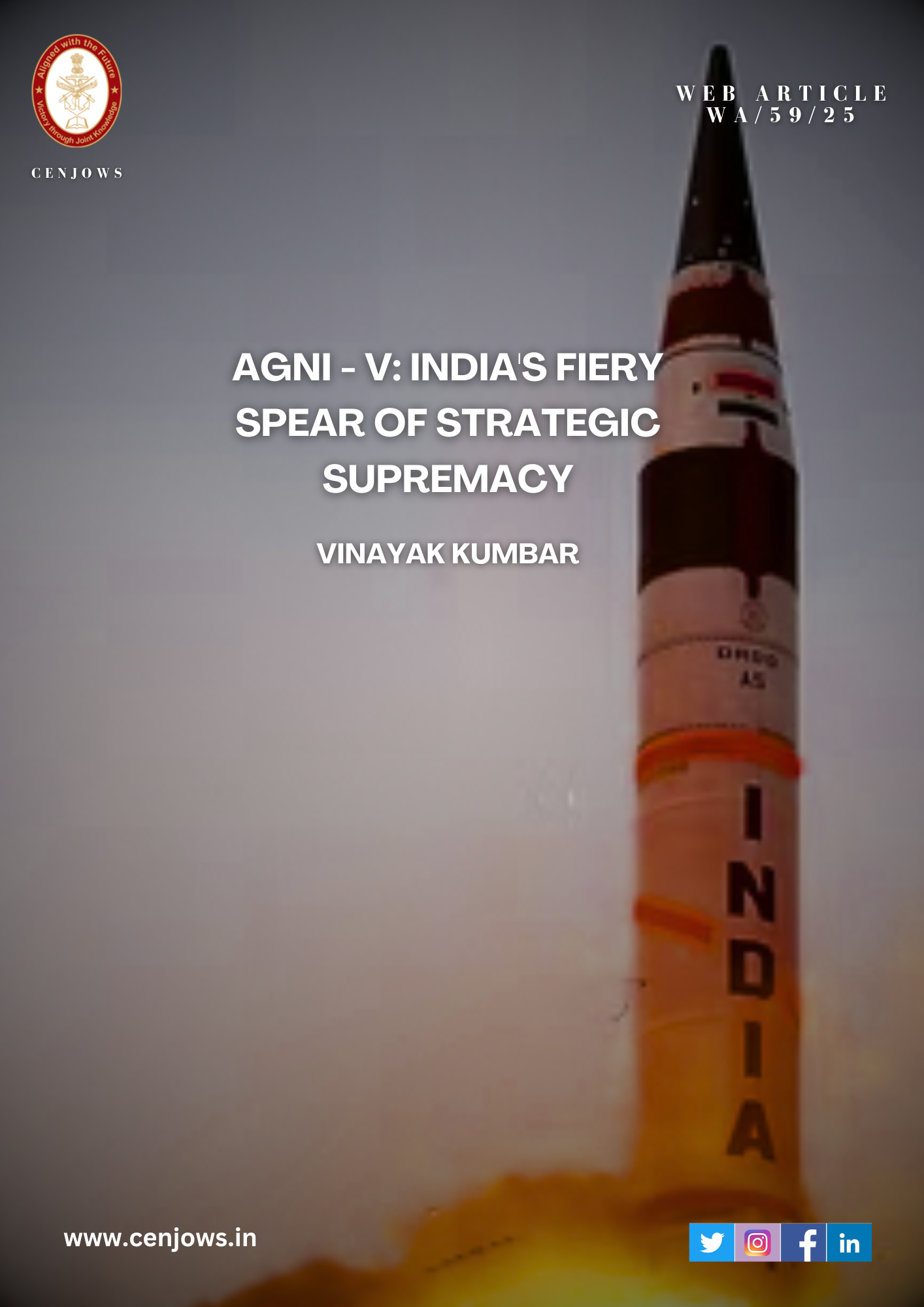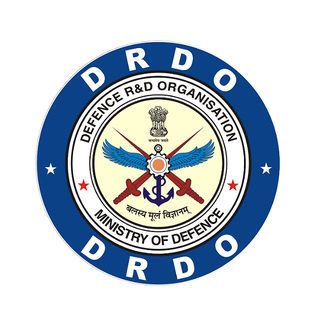Introduction
Why South Asia Lacks Effective Climate Cooperation
Despite common environmental challenges, the region of South Asia still lacks integrated regional climate action due to a combination of multiple factors. Lack of political confidence continues to be the most substantial obstacle.11 Long-standing tensions, territorial conflicts, and water allocation issues influence diplomatic relations between the nations.12 India-Pakistan disputes restrict mediation and negotiations on the Indus River, 13meanwhile, Bangladesh is vigilant about upstream measures in the Teesta, Ganges and Brahmaputra River systems. 14 Likewise, Nepal-India river disputes mainly result from upstream-downstream challenges, water distribution and hydropower projects with significant rivers like the Mahakali and Koshi being controversial,15 restricting multilateral climate collaboration programs. A lack of credibility and confidence erodes attempts to address transboundary climate challenges jointly, even when environmental interconnections are significant.
Institutional limitations possibly exacerbate the concern of climate change even more. Regional institutions, such as SAARC, have remained mainly non-functional, with limited capabilities to regulate ecological and climate governance measures.16 Although initiatives like the SAARC Action Plan on Climate Change (2008), the SAARC Disaster Management Centre (SDMC) (2007), and the SAARC Meteorology Research Centre (SMRC) have been adopted by SAARC member-states,17these institutions have been affected by geopolitical conflicts; limited funds and institutional capacity among member-states which have constrained these programs and institutions from working effectively.18 BIMSTEC, on the other hand, while more adaptable, has conventionally enhanced regional trade and connectivity. It established the BIMSTEC Centre for Weather and Climate (BCWC) in 2014, but it currently lacks effective and sustained action and remains in the process of evolving and becoming less institutionalised. 19 Leaving the region without a formal framework to resolve common climate issues. Thus, the immense possibilities for cooperative strategies remain unexplored, and most resilience actions are executed separately at the national level.20
Technological and data imbalances also limit collaboration. Hydrological and climate data are often isolated, and disaster response capabilities differ significantly among regions. For an example, while India has made investments in over 1600 hydrometeorological sites all over the nation, encompassing 20 river basins, which are primarily operating moderately well as flood monitoring stations, preparing flood forecasts and developing cyclone detection systems through initiatives like the National Cyclone Risk Mitigation Project,21compared to other nations in South Asia, such as Afghanistan, Pakistan, and Bangladesh, which still rely on weakly integrated monitoring systems.22 This reduces the efficacy of regional collaboration during severe conditions. However, examples like bilateral hydropower cooperation between India and Bhutan since the 1960s 23and development of advanced early warning preparedness, which facilitated the relocation of over three million people in Bangladesh and India, followed by post-cyclone relief efforts in the deadliest Cyclone Amphan (2020), highlights that efficient cooperation is feasible.24These accomplishments reflect the capacities of bilateral efforts to transform into comprehensive multilateral warning systems and crisis management frameworks, providing a model for systematic transboundary climate governance in South Asia.
India’s Strategic Imperative in Regional Climate Cooperation
Opportunities for India
India’s pivotal position in South Asia’s climate and geopolitical setting offers an exclusive possibility to address ecological challenge into regional cooperation. By enhancing its capabilities in addressing climate threats, New Delhi can foster climate partnerships and present solutions that strengthen both resilience and interconnectedness of South Asia.
1.Strengthening Regional Integration
2.Economic Diplomacy through Shared Adaptation
3.Stabilising Border Ecologies
Challenges and Constraints
Even as New Delhi aims to stimulate regional climate partnerships, many practical and long-term issues could minimise its efficacy. Notions of supremacy and dominance pose a substantial challenge: neighbouring states often perceive India-led initiatives as an effort to establish supremacy rather than enhancing collaborative strength. 34For instance, Pakistan has regularly raised questions on India’s hydropower development on the western rivers, asserting that it goes against the Indus treaty and curtails downstream flow,35 For Bangladesh, it primarily demands an “equitable” distribution of the Teesta River from India.36 These types of suspicions and concerns limit collaborative initiatives, prevent agreements related to data-exchange, and postpone the development of regional governance arrangements.
Also, resource and capacity constraints raise challenges, not only for small neighbouring countries but also for New Delhi itself. While the Ministry of Earth Sciences, India, have established high-level early warning systems, an end-to-end GIS-based Decision Support System (DSS) and developed innovative cyclone-monitoring capabilities, 37 national gaps endure in flood mitigation planning, resilient city infrastructure, and a lack of advanced technologies in climate modelling.38 Expanding adaptation measures regionally requires New Delhi to overcome its domestic shortcomings while mobilising technology, funding, and human resources across the region.
Also, climatic uncertainty and cross-border intricacy significantly hinder collaboration. Severe incidents in South Asia are growing more serious. In India, severe heatwaves during the summer season resulted in approximately 110 deaths due to heatstroke (2023 data). The extended heatwave in 2023 impacted South and Southeast Asia, from Bangladesh and eastern India to other regions of Asia. 39 The Ganges-Brahmaputra-Meghna (GBM) delta records over millions of people impacted by floods yearly, 40and the Bay of Bengal region generally experiences 5-6 cyclones annually, 41numerous crossings the multiple sovereign jurisdictions.
Policy Recommendations / Way Forward
1.Establish Multilateral Early-Warning Systems
Leveraging successful bilateral efforts, such as India-Bhutan hydro relations, New Delhi can guide the development initiative of a ‘South Asian Multi-Hazard Early Warning Network’. This program would combine riverine, coastal, and glacial retreat statistical information and inputs across the region. Routine cooperative sessions, capacity-building trainings, and active knowledge exchange would enhance disaster preparedness and advance cooperation among regional actors.
2.Enhance India’s Internal Climate Infrastructure
Overcoming internal limitations and challenges in flood regulation framework and advanced climate forecasting is significant. A strong national climate adaption system can prove that India’s oversight and direction is reputable and reliable, technologically advanced, consensus-based and politically viable, establishing a strong foundation for directing regional resilience measures.
3.Improve Regional Climate Finance and Technology Transfer
Developing a ‘South Asian Climate Technology Fund’, supported by global financial organisations, to assist in disaster resilience funding and carbon footprint mitigation initiatives can be a significant step towards regional cooperation for a mutual benefit of all. Facilitating technology transfer in domains such as technology-driven farming, flood early warning, and renewable power storage is crucial to adapt to climate challenges. By developing financial mechanism that are reachable and inclusive, nations of the region can address resource deficits, assuring that regional partnership transforms into functional local capacity.
Reimagining Climate Multilateralism
Aligning Climate and Foreign Policy
India should advance its climate adaptive measures aligning with its foreign policies such as SAARC, BIMSTEC, Neighbourhood First, Act East, and broader Indo-Pacific policies, ensuring that eco-partnership strengthens development between South Asia and the other regions of the globe, where India can bridge the link between the regions. India with other countries like Bangladesh, Bhutan and Nepal can promote initiatives like BBIN to promote inter-regional connectivity; focus on sustainable trade relations, and people-to-people connectivity enhancing soft regionalism beyond regions. Climate vulnerable regions like Southeast Asia and Pacific islands can collaborate with South Asia through QUAD and ASEAN-based multilateral and minilateral platforms where they can collaborate on joint ventures in green energy corridors and collective disaster preparedness strategies. Putting development first instead of securitising ‘climatic risk’ eases political tensions and fosters wider participation for a common cause without being apprehended of losing sovereignty. As Southeast Asia and the wider Indo-Pacific region pragmatically have more efficient climate resilience methods and techniques, collaborating with these regions at the global platforms can advance South Asia’s climatic adaptation strategies.
Incorporating Climate with Maritime and Coastal Development
Showcasing India’s Model Globally
Conclusion
South Asia’s climate future hinges on transforming common challenges into avenues for regional resilience-building. India, regarded as a significant stakeholder in the region, needs to incorporate a climate governance framework into its foreign policies with other nations and cooperative initiatives in its Blue Economy objectives to foster a development-driven regional identity. By utilising climate partnerships as an instrument for development and regional stability, instead of a power struggle, New Delhi can facilitate the formation of multilateral platforms for adaptation, technology transfer, and sustainable growth. This initiative will bolster New Delhi’s legitimacy and direct the region of South Asia, leading to a future of collective well-being and long-term integration.
References
Parvaiz, Athar. “Experts Call for Urgent Collaboration as South Asia’s Vital River Basins Face Climate Crisis.” RURAL 21, April 11, 2024.
Singh, Umanath. “Rains, Floods and Rising Heat: South Asia’s Growing Climate Crisis.” DD News, July 27, 2025.
Arfanuzzaman, Md. “Transboundary Water Cooperation and Joint River Basin Management Are Pivotal for Climate Resilient Development in South Asia.” World Development Perspectives 38 (June 2025): 100681.
Rehman, Abdul, Zakia Batool, Hengyun Ma, Rafael Alvarado, and Judit Oláh. “Climate Change and Food Security in South Asia: The Importance of Renewable Energy and Agricultural Credit.” Humanities and Social Sciences Communications 11, no. 342 (2024).
Dhawan, Vibha. “Climate-Induced Migration: A Growing Crisis in South Asia.” Diplomatist, February 14, 2025.
Jha, Abhas. “South Asia Needs a ‘Marshall Plan’ for Climate Resilience.” World Bank Blogs, November 23, 2023.
Azizi, Mujib Ahmad, and Jorge Leandro. “Factors Affecting Transboundary Water Disputes: Nile, Indus, and Euphrates–Tigris River Basins.” Water 17, no. 4 (February 12, 2025): 525.
Ministry of Jal Shakti, Government of India, “Water Treaty/Agreement,” Press release, (March 21, 2022).
Saha, Bidisha. “Satellite Images Show How Floods Ravaged Assam and Bangladesh.” India Today, September 4, 2023.
Prakash, Anjal. “Retreating Glaciers and Water Flows in the Himalayas: Implications for Governance.” Observer Research Foundation, May 11, 2023.
Climate-Diplomacy. “Water Conflict and Cooperation between India and Pakistan,” 1947.
John, Wilson. “Water Security in South Asia: Issues and Policy Recommendations.” Observer Research Foundation, August 10, 2023.
Climate-Diplomacy. “Water Conflict and Cooperation between India and Pakistan,” 1947.
Uddin, Shanjida Shahab, and Syeda Tanzia Sultana. “Bangladesh-India water negotiations: challenges and way forward.” BIISS J 38, no. 2 (2017): 93-118.
Bagale, Dharma Raj. “Nepal–India Water Cooperation: Consequences of Mutuality or Hegemony?” Water Policy 22, no. 6 (December 1, 2020): 1098–1108.
Zafarullah, Habib, and Ahmed Shafiqul Huque. “Climate Change, Regulatory Policies and Regional Cooperation in South Asia.” Public Administration and Policy 21, no. 1 (July 17, 2018): 22–35.
“Regional Cooperation on Climate Change Adaptation and Disaster Risk Reduction in South Asia.” SAARC Secretariat. SAARC Secretariat, August 2008.
Zafarullah, Habib, and Ahmed Shafiqul Huque. “Climate Change, Regulatory Policies and Regional Cooperation in South Asia.” Public Administration and Policy 21, no. 1 (July 17, 2018): 22–35.
Jain, Arushi. “Strengthening Regional Resilience: The Role of the BIMSTEC Centre for Weather and Climate – IMPRI Impact And.” IMPRI INSIGHTS, July 17, 2025.
Ibid
“Flood Management in India – A Statistical Report-2023.” CENTRAL WATER COMMISSION. CENTRAL WATER COMMISSION, NEW DELHI, July 2024.
Morshed, Mokbul Ahmad, Hayatullah Mushwani, Kawoon Sahak, and Mohammad Haroon Hairan. “The Current State of Early Warning Systems in South Asia: A Case Study of Afghanistan.” International Journal of Disaster Risk Reduction 100 (January 2024): 104201.
Royal Bhutanese Embassy, New Delhi. “Bhutan-India Hydropower Relations,” n.d.
World Meteorological Organisation. “Cyclone Amphan Highlights the Value of Multi-Hazard Early Warnings,” May 22, 2020.
ET EnergyWorld. “India’s Renewable Energy Capacity Reaches 217.62 GW with Record Additions in 2024.” ETEnergyworld, January 23, 2025.
Ministry of New and Renewable Energy. “India Achieves Target of 40 % Installed Electricity Capacity from Non-Fossil Fuel Sources.” Press release, December 2, 2021.
Ibid
Ministry of New and Renewable Energy, “India Shines Bright! A New Era in Solar Energy: Progress Driven by the International Solar Alliance,” Press release, November 7, 2024.
Ministry of Home Affairs, “Prime Minister Announces Coalition for Disaster Resilient Infrastructure at UN Climate Action Summit 2019,” Press release, September 24, 2019.
“Transboundary River Basin Overview – GangesBrahmaputra-Meghna.” Food and Agriculture Organisation of the United Nations, 2011.
India Brand Equity Foundation. “Top Solar Energy Companies in India,” n.d
Ibid
Randall, Alex. “Migration Stories from the Ganges-Brahmaputra Delta.” Climate & Migration Coalition, n.d.
Bhasin, Madhavi. “India’s Role in South Asia – Perceived Hegemony or Reluctant Leadership?” Global India Foundation, n.d.
Hussain, Abid. “Is the Indus Waters Treaty the Latest India-Pakistan Flashpoint?” Al Jazeera, September 22, 2024.
Explainers, FP. “Should India Worry about Protests in Bangladesh over China-Backed Teesta Plan?” Firstpost, October 23, 2025.
Ministry of Earth Sciences. “PARLIAMENT QUESTION: EARLY WARNING SYSTEMS FOR NATURAL DISASTERS.” Press release, July 23, 2025.
Arun, L., and R. Senthilkumar. “Gaps in Flood Disaster Management in India.” International Journal of Current Microbiology and Applied Sciences 10, no. 01 (January 10, 2021): 313–20.
Nandi, Jayashree. “India among Worst Hit by Extreme Heat, Floods, Glacier Disaster in 2023: WMO.” Hindustan Times, April 23, 2024.
Becker, Mélanie, Fabrice Papa, Mikhail Karpytchev, Caroline Delebecque, Yann Krien, Jamal Uddin Khan, Valérie Ballu, et al. “Water Level Changes, Subsidence, and Sea Level Rise in the Ganges–Brahmaputra–Meghna Delta.” Proceedings of the National Academy of Sciences 117, no. 4 (January 6, 2020): 1867–76.
K M Selva et al., “Review on Evolving Cyclone Patterns in Bay of Bengal: Challenges for Coastal Agriculture,” Plant Science Today 12, no. sp1 (October 16, 2025): 1–11
Jayaram, Dhanasree. “Shifting Discourses of Climate Security in India: Domestic and International Dimensions.” Third World Quarterly, February 19, 2024, 1–19.
Bose, Sohini. “Dilemmas in Disaster Management: SAARC under Scrutiny.” ORF, February 29, 2024.
Ministry of New and Renewable Energy, “Union Minister and President of International Solar Alliance Shri Pralhad Joshi Launches Curtain Raiser for the Eighth ISA Assembly,” Press release, October 8, 2025

Bidisha Deka
is a Research Intern at CENJOWS











































